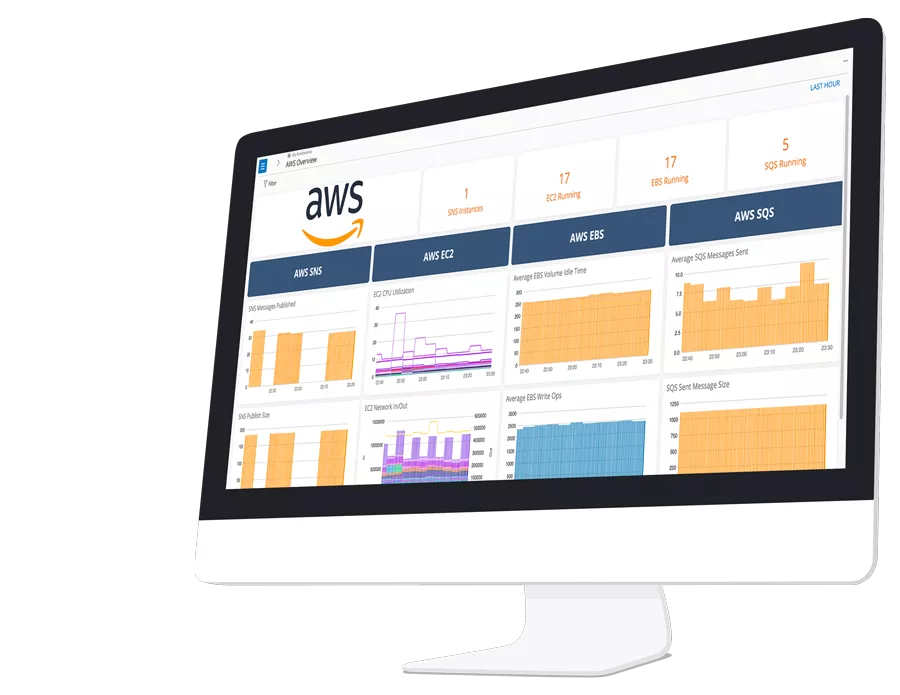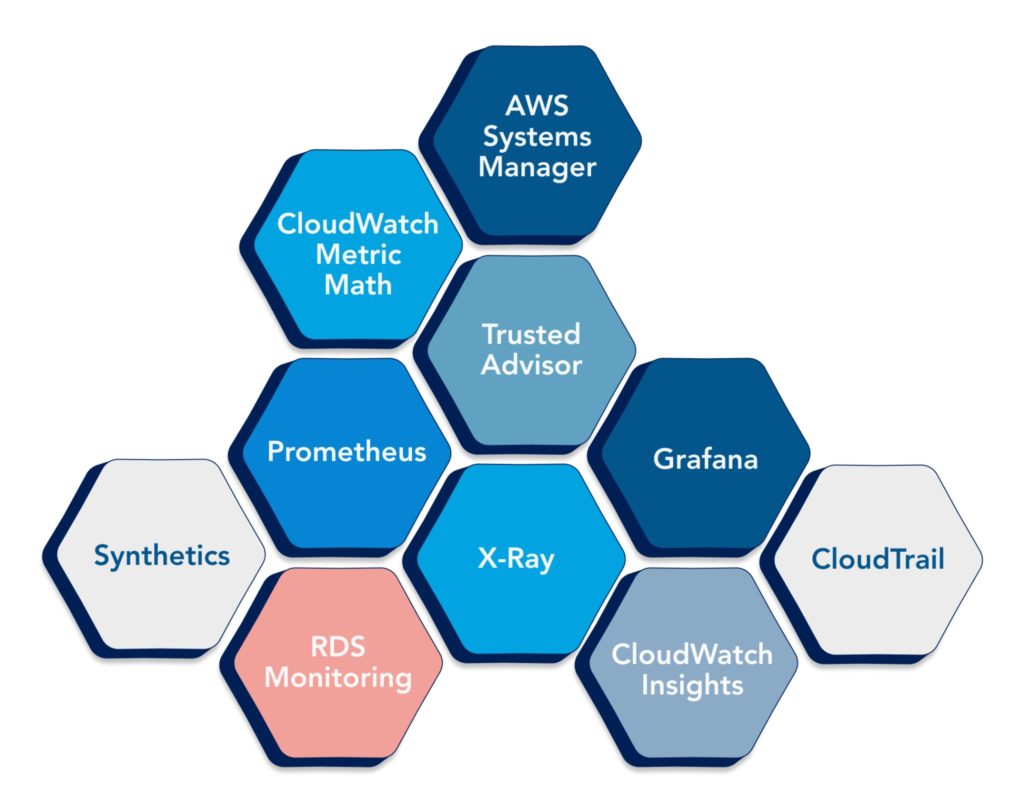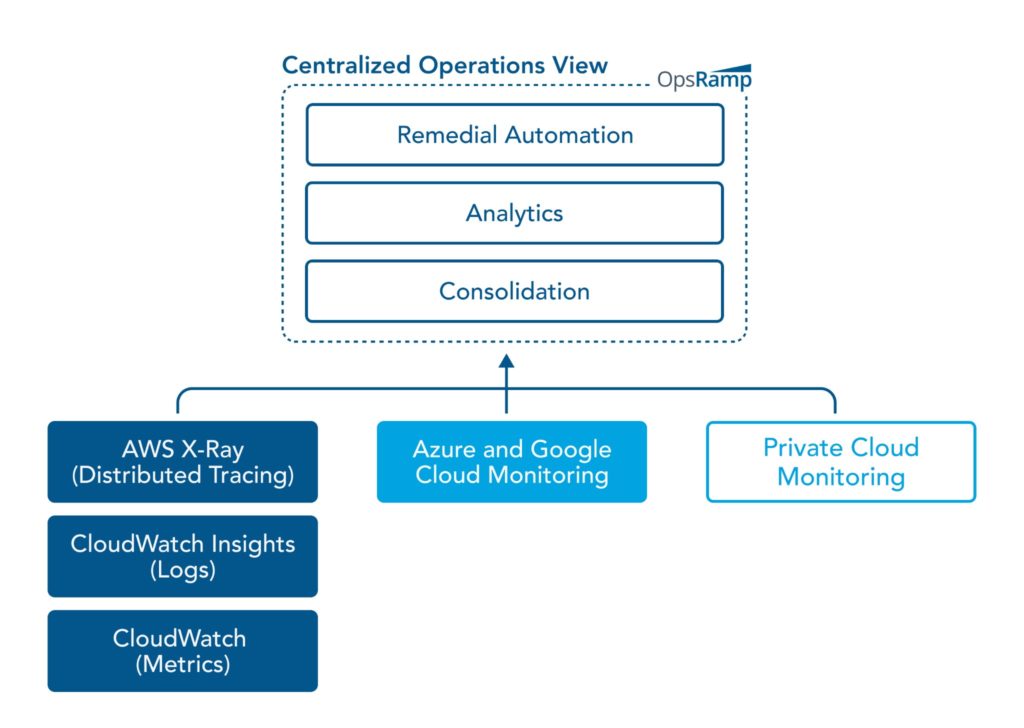Introduction
Administrator’s Guide to AWS Monitoring Tools

Chapter 1
Introduction
Amazon Web Services (AWS) offers a portfolio of paid monitoring tools to cover a growing list of over one hundred cloud services. AWS offers so many tools in fact that keeping track of them is practically a full-time occupation.
In this guide, we familiarize our readers with some of the tools in the AWS monitoring portfolio by offering technical explanations, examples, step-by-step instructions, screenshots, diagrams, and best practices.
The AWS monitoring tools covered in this guide range from log management to distributed tracing and hosted versions of open-source tools. These tools have gone through a transformation over the recent years.
For example, the AWS Trusted Advisor has remained functionally little-changed over the last few years since its launch but has expanded to include additional system checks. On the other hand, the AWS Systems Manager was created by consolidating the AWS SSM (an older agent used to configure EC2s) with existing management tools such as the inventory and compliance management services. Meanwhile, AWS launched hosted services of a few popular open source tools such as Prometheus.

Hybrid Cloud Context for AWS Monitoring Tools
Enterprise IT organizations typically operate hybrid cloud platforms beyond AWS, including Microsoft Azure, Google Cloud, and private clouds based on VMware, Nutanix, Linux KVM, and Microsoft Hyper-V. In our experience supporting such environments, tool consolidation, analytics, and automation become a matter of operational survival.
A typical OpsRamp customer who has adopted AWS monitoring tools such as CloudWatch Insights, CloudTrail, and X-Ray feeds the resulting events into OpsRamp’s centralized platform powered by analytics, machine learning, and automation. Data and events from other public and private cloud platforms are shared alongside AWS to provide a single pane of glass for the operations and engineering teams managing a hybrid cloud environment.

The chapters in this guide are:
Chapter 1:
AWS X-Ray
Chapter 2:
CloudWatch Insights
Chapter 3:
RDS Monitoring
Chapter 4:
AWS Grafana
Chapter 5:
AWS Trusted Advisor Checks
Chapter 6:
CloudWatch Metric Math
Chapter 7:
CloudWatch Synthetics
Chapter 8:
CloudTrail vs. CloudWatch
Chapter 9:
AWS Systems Manager
Chapter 10:
AWS Prometheus: Benefits & Tutorials
You like our article?
Follow our monthly hybrid cloud digest on LinkedIn to receive more free educational content like this.